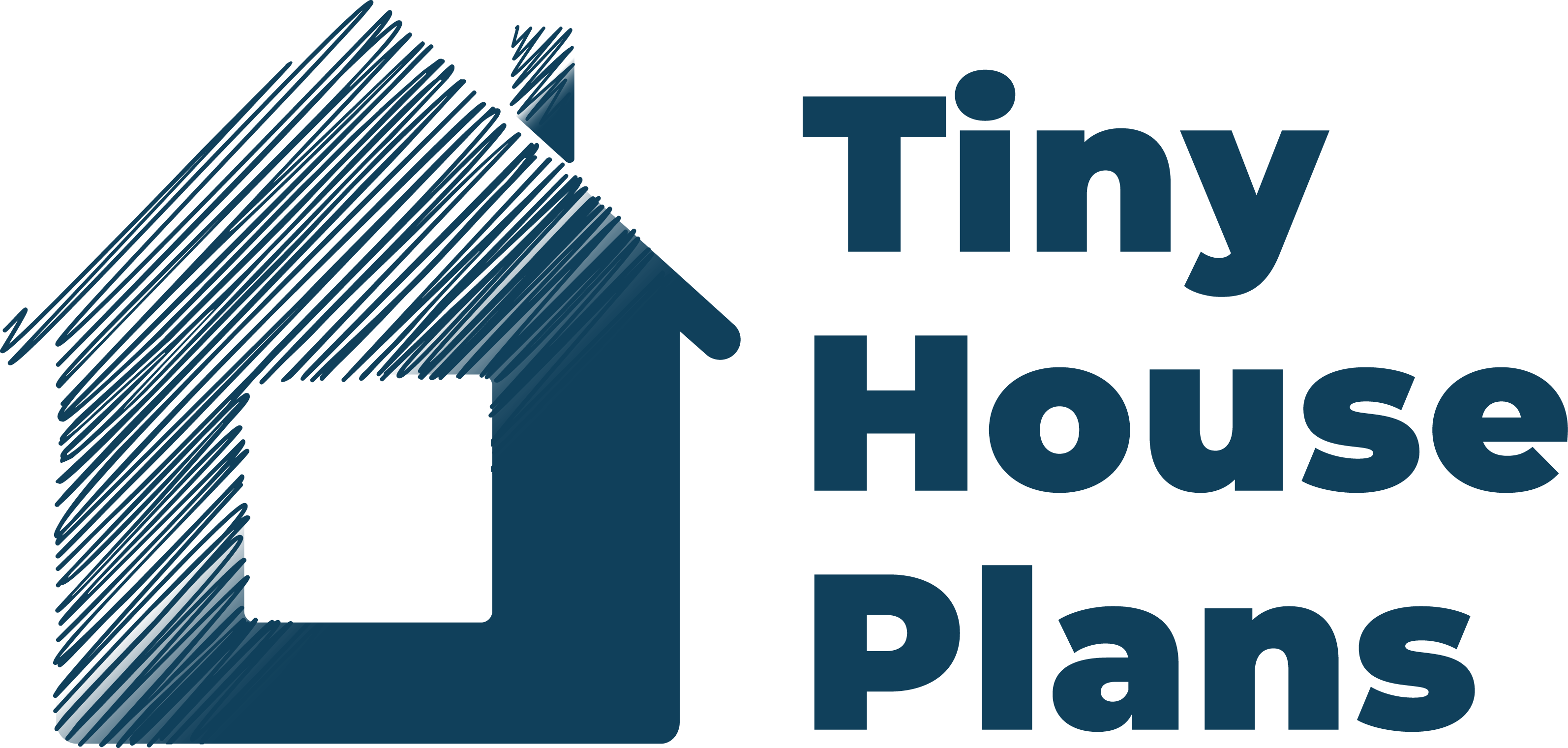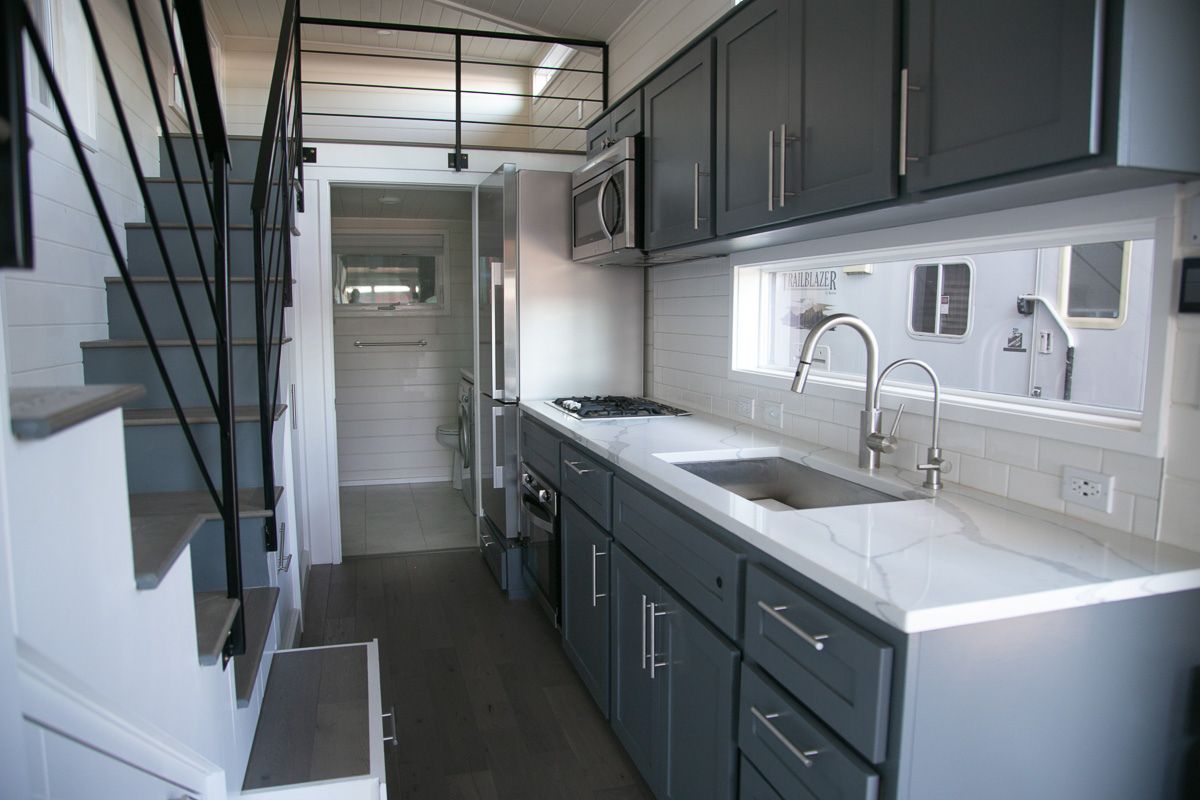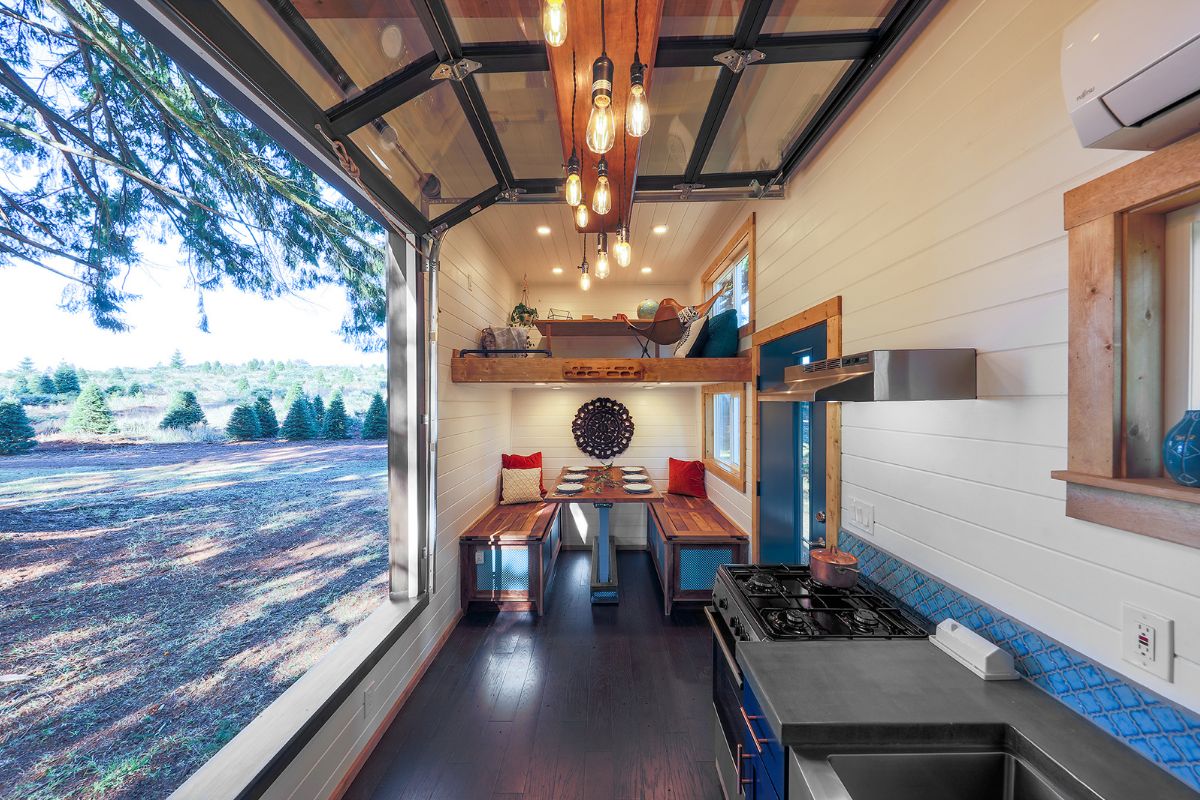Building a tiny house can cost between $20,000 and $150,000. This range depends on factors like design complexity, material selection, and location. If you prefer professional builders over DIY, expect higher expenses. Urban land prices and utility access may also spike costs. Opt for simple designs and durable materials to manage your budget efficiently. Consider terrain and climate as well. Evaluating these aspects can clarify the true cost to achieve your dream tiny house. Discover insights to optimize your investment further.
Key Takeaways
- Design complexity directly influences costs, with intricate designs requiring more skilled labor and time, increasing expenses.
- Material selection balances quality and budget, with durable and sustainable options impacting the overall cost.
- Location affects costs due to land prices, zoning laws, utility access, and climate considerations.
- Choosing between DIY and professional builders significantly impacts costs, depending on skills and project scope.
- Accurate financial planning, including a contingency fund and exploring financing options, is crucial in managing tiny house costs.
Evaluating Design Complexity and Its Impact on Costs
When planning to build a tiny house, design complexity plays a pivotal role in determining the overall costs. You'll need to assess how intricate your design is, as more complex structures typically require more skilled labor and time.
Consider elements like multi-level lofts, custom cabinetry, or unique architectural features, as these can greatly increase expenses. Simple designs streamline construction, reducing labor costs and minimizing errors. Evaluate your design's functionality; every square inch counts. Opt for space-saving solutions that don't compromise on your needs. Analyze the balance between aesthetics and practicality. A straightforward design can still achieve visual appeal without unnecessary complications. Remember, simplifying your layout can lead to substantial savings while still providing a comfortable, efficient living space.
Selecting Materials: Balancing Quality and Budget
Although the allure of high-end materials can be tempting, it's vital to strike a balance between quality and budget when selecting materials for your tiny house. Start by listing priorities: durability, aesthetics, and functionality. Consider recycled or reclaimed materials; they're often more affordable and sustainable. Investigate composite materials for roofing and siding, which offer durability without the premium cost of traditional options.

Explore engineered wood for flooring—it's cost-effective and resilient. Insulation is significant; opt for materials with high R-values that don't break the bank. Don't overlook windows; energy-efficient ones might cost more upfront but save on utilities long-term. By carefully evaluating each choice, you guarantee your tiny house meets your quality needs while staying within budget constraints.
Location Considerations and Their Financial Implications
Choosing the right location for your tiny house is essential, as it greatly impacts both upfront costs and long-term expenses. First, consider land prices. Urban areas typically demand higher costs, while rural plots may offer savings but add transportation challenges. Zoning laws and regulations also vary, influencing what you can build and where.
Some areas restrict tiny houses, so research local ordinances to avoid fines or legal issues. Utility access is another factor. If your site lacks water, electricity, or sewage, installation can be costly. Additionally, climate influences construction choices—insulation and weatherproofing might be necessary for colder regions, increasing initial expenses. Finally, proximity to work and amenities affects travel costs, impacting your overall budget. Choose wisely to optimize financial efficiency.

DIY vs. Professional Builders: Weighing the Pros and Cons
Deciding between building your tiny house yourself or hiring professional builders hinges on several critical factors. If you have construction skills, DIY offers cost savings and creative control. You can choose materials and adjust plans as needed, potentially reducing expenses. However, it demands significant time, patience, and expertise. Mistakes might lead to costly repairs or structural issues.
On the other hand, professional builders provide experience and efficiency. They handle permits, source materials, and manage timelines. You'll likely receive a well-constructed home with fewer headaches. Yet, this convenience comes at a premium, increasing overall costs. Evaluate your budget, skills, and time availability. Consider the complexity of your design and your comfort with potential challenges before deciding on the best approach.
Understanding Land Acquisition and Permitting Expenses
When starting on the journey of building a tiny house, understanding land acquisition and permitting expenses is vital. First, identify the location where you want to place your tiny house. Land prices vary considerably based on geography, proximity to urban areas, and local demand. Research zoning laws, as some areas restrict tiny house living. Once you've secured land, tackle the permitting process.
Permitting fees can add up quickly, so it's important to budget for them. These fees cover inspections and guarantee compliance with local building codes. Contact local authorities to understand specific requirements and timelines. In some cases, you might need additional permits for utilities or environmental considerations. Thoroughly planning these expenses helps prevent delays and overspending.
Unforeseen Costs and Budgeting for the Unexpected
After understanding land acquisition and permitting expenses, it's important to address unforeseen costs and budget accordingly. While building your tiny house, unexpected expenses can arise, such as material price fluctuations, weather-related delays, or unforeseen structural issues. You might also encounter higher costs for utilities installation or need specialized tools unexpectedly.

To manage these surprises, set aside a contingency fund—typically 10-20% of your total budget. This reserve will guarantee you aren't caught off guard financially. Prioritize thorough research and planning to identify potential pitfalls early. Consult with experienced builders or homeowners who've completed similar projects. Their insights can help anticipate challenges and adjust your budget proactively. By preparing for the unexpected, you'll maintain control over your project's financial health.
Financial Planning Strategies for Your Tiny House Project
Initiating a financial plan for your tiny house project involves strategic foresight and disciplined budgeting. Start by accurately estimating total costs, including land, materials, labor, permits, and utilities. Break these down into categories and prioritize essentials. Create a detailed budget spreadsheet to track every expense. Incorporate a contingency fund—aim for 10-15% of your total budget—to manage unforeseen costs.
Explore financing options, such as personal loans or savings, considering interest rates and repayment terms. Regularly review and adjust your budget as necessary, maintaining flexibility to accommodate changes. Utilize financial planning tools or apps to keep everything organized. Finally, stay informed on tax incentives or grants for tiny homes that might offset costs, maximizing financial efficiency throughout your project.
Conclusion
When building a tiny house, carefully consider design complexity and material choices to balance cost and quality. Location considerably impacts expenses, so choose wisely. Decide between DIY and professional builders based on your skills and budget. Factor in land acquisition and permitting costs early to avoid surprises. Always budget for unforeseen expenses. By planning strategically and anticipating challenges, you can manage costs effectively and create a tiny house that meets your needs without breaking the bank.






Share: